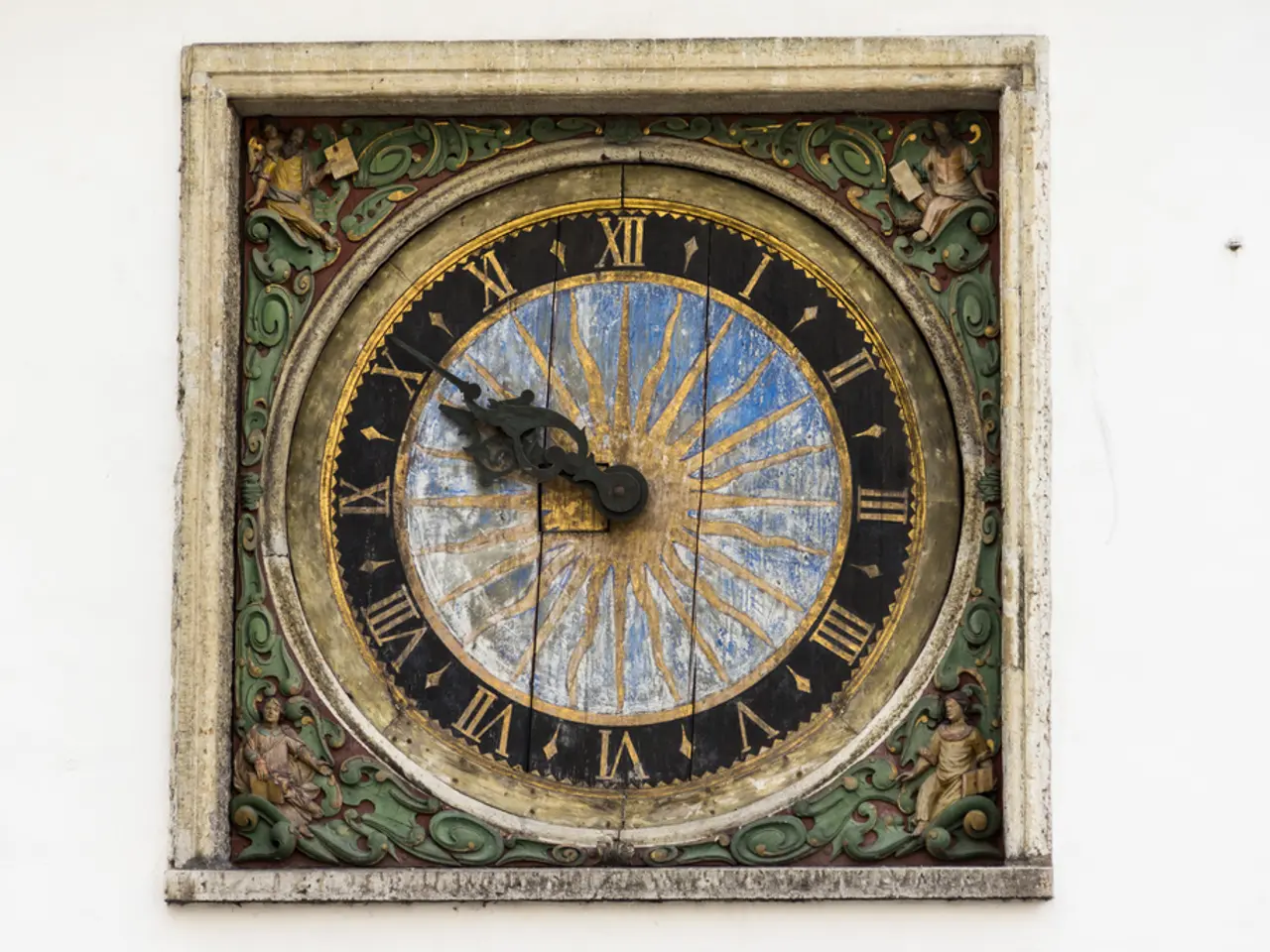Factors Influencing the Cost of Antique and Vintage Clocks
In the world of antique and vintage clocks, several key factors determine their worth. These factors range from a clock's age and rarity to its mechanical quality and condition.
Age and rarity play a significant role in a clock's value. Older clocks, especially those from notable periods like the Georgian era, tend to command higher prices due to their historical significance and scarcity. Clocks with rare or unique features, such as double fusees or elaborate engraving, are more valuable.
However, age does not always equate to a higher price; a 170-year-old clock is not necessarily worth more than a 50-year-old clock. The condition and originality of the clock also play a crucial role in its value. Clocks that are unaltered aside from minor cosmetic touch-ups retain more authenticity, which tends to increase their value compared to heavily restored or modified pieces.
The mechanical quality and movement type of a clock also affect its price. High-quality handcrafted movements from earlier periods are prized, especially those showing superior engineering or complexity. Movement wear or the need for costly repairs can reduce value, as repair costs may exceed the clock's worth.
Provenance and historical significance can also impact a clock's value. Clocks with documented history or a connection to notable owners or events may be more valuable, though this depends on verifiable provenance.
Aesthetic and craftsmanship are also important factors. The artistic design, engraving, casting, and case materials influence price. Ornate and finely crafted clocks with elegant curves and symmetrical designs are often more sought after.
Market demand and trends can also fluctuate, influencing prices accordingly. The desirability of certain styles or makers can change over time.
Servicing and mechanical functionality are also crucial. Even authentic clocks need servicing due to factors like mainspring weakness or escapement wear. A well-maintained clock that runs correctly may fetch more than one needing expensive repair or replacement parts.
In summary, the most important price determinants for an authentic, minimally touched-up antique or vintage clock are its age, rarity, original mechanical condition, craftsmanship, and current working state. These factors, when combined, help to preserve the clock's authenticity rather than detracting from it.
Examples of antique clocks can be found in high-quality antique shops located on Vancouver Island, British Columbia, Canada. The manufacturer significantly affects a clock's value, with some Seth Thomas Sonora Chime clocks having good value. The type of mechanism, such as double and triple fusee clocks and pinwheel regulators, are worth more than open-spring-driven mantel clocks or modern tall-case weight-driven clocks.
The principle that the buyer purchases at their own risk is called Caveat Emptor. In the clock world, buyers have little or no recourse if goods turn out to be defective, misrepresented, or broken. Therefore, it's essential to thoroughly inspect any potential purchase before committing to a sale.
Running clocks are generally worth more than non-running clocks. Quartz-replaced clocks have no value. Online auction sites have increased the supply of 30-hour ogee clocks, causing their prices to drop.
Subscribing to the latest posts about antique and vintage clocks can provide updates via email, helping buyers stay informed about the latest trends and offerings. The law of supply and demand affects the clock market, making it unpredictable. Therefore, it's essential to stay informed and be prepared for fluctuations in prices.
- Many clock enthusiasts seek out mantel clocks with double fusees and elaborate engraving, having a higher value due to their unique features and rarity.
- In the world of antique clocks, condition and originality are critical factors that can affect a clock's value; unaltered clocks with minor cosmetic touch-ups are more valuable compared to heavily restored pieces.
- Wall clocks that showcase high-quality handcrafted movements from earlier periods, showcasing superior engineering or complexity, are sought after by collectors.
- Lifestyle choices can influence a person's affinity for vintage clocks; home-and-garden enthusiasts might prefer adding an aesthetic and crafted piece to their interior design.
- Fashion-and-beauty aficionados may not traditionally be clock collectors, but finding a unique and intricately designed vintage clock could spark an interest in this hobby.
- Following the latest trends in food-and-drink, travel, cars, shopping, and relationships, clock collectors may find their passions intersecting in unexpected ways. For instance, owning a rare vintage clock from a renowned city or follows the style of their favorite car brand.
- Understanding the principle of Caveat Emptor, buyers should thoroughly inspect potential purchases before committing to a sale, as they have little or no recourse if goods turn out to be defective, misrepresented, or broken.




